All Work

Encampment Survey: Interactive Dashboard
The Encampment survey dashboard tracks the count of tent encampments and makeshift structures seen in Allegheny County over time. Data is available from May 2023 to the present and is updated weekly.

Intimate Partner Violence Reform Initiative: Reports on progress
A new report from National Network for Safe Communities at John Jay College describes Allegheny County’s innovations in adapting and implementing intimate partner violence focused deterrence strategies in Allegheny County.

Point-in-Time Count of People Experiencing Homelessness: Annual Reports
Each year, Allegheny County participates in a national census of the number of people experiencing homelessness on a single night. The Point-in-Time count enumerates people experiencing homelessness in the County who are sheltered, unsheltered or participating in a short-term, supportive housing program.

DHS Client Incentive Program
Explore DHS’s strategy for scaling incentives to collect meaningful client feedback and deliver equitable services grounded in community priorities.

Office of Developmental Supports (ODS): Interactive Dashboard
Explore ODS services; view data on demographics, diagnoses, service types, waiver enrollments and cross-system involvement. Data from 2018 – present and updated monthly.

DHS Initiatives and Accomplishments
Each year, DHS selects several Strategic Initiatives—bold, transformative efforts aimed at improving the effectiveness of human services for everyone. These reports detail progress made in 2024 and goals for 2025.
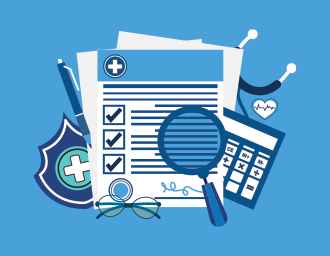
Medicaid Reimbursement Rates and Mental Health Services in Allegheny County
Background In the United States, there are barriers to accessing mental health services, especially for Medicaid recipients, who face additional challenges in receiving care compared to their peers who use […]

Allegheny County Opioid Settlement Projects
New information added. This post includes information on current Allegheny County Opioid Settlement Projects.

Allegheny County DHS’s Text Message Outreach: Informing, Engaging and Communicating with Residents
DHS sends text messages to county residents to increase awareness of services, provide reminders, and to gather feedback.

Rapid Cycle Evaluation Report: An Early Look at the Community Choice Demonstration
Pittsburgh-Allegheny County is one of eight sites participating in the Community Choice Demonstration (CCD) – a large-scale, multi-site randomized controlled trial to test the efficacy of offering housing mobility-related services […]

Medication for Opioid Use Disorder (MOUD) in the Allegheny County Jail
This dashboard shows the current population of people who are receiving MOUD in the jail. as well as associated outcomes before and after their release. Data from 2021-present and updated weekly.
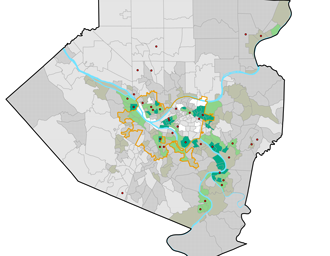
Intimate partner homicides in Allegheny County: Interactive dashboard and report
Read and explore the county’s report and dashboard on intimate partner homicides.
These provide information on demographics and human services involvement among victims and perpetrators of these homicides (IPH). The dashboard includes data from 2007-2024 and is updated annually.

Mental Health Crisis Service Trends: Interactive Dashboard
These interactive dashboards show information from resolve Crisis Services and include call volume, demographics of callers and mobile team dispatches. Data is available from 2023 to present and is updated monthly.

Improving Prioritization of Housing Services: Implementation of the Allegheny Housing Assessment (AHA) and the Mental Health Allegheny Housing Assessment (MH-AHA)
New information added. Since 2017, DHS has used data driven models to support prioritization of housing resources. Read more about their development and deployment in the homelessness and behavioral health systems.

Needs Assessment of Economic Security
This updated 2024 Needs Assessment explores the needs of people living in poverty, barriers to living-wage employment, and challenges to achieving stability and economic security.

Improving Access to Mental Health Outpatient Services for Adult Medicaid Patients
Allegheny County Department of Human Services (DHS), along with Community Care Behavioral Health (CCBH), are pursuing a series of investments and initiatives aimed at addressing access to mental health services.

Cash Assistance for Allegheny Young Adults: Impacts and Implications
This report presents a mixed-methods approach to evaluating the impact of DHS cash assistance program, including longitudinal surveying, a quasi-experimental analysis of administrative data, and semi-structured interviews with cash recipients.

Child Fatality/Near Fatality Ingestion Analysis
This report covers child fatalities and near fatalities in Allegheny County with a focus on drug ingestions, an increasing cause of these here and nationwide. The report discusses some of the county’s strategies to address this issue.

Allegheny Go Program: Interactive Dashboard
This dashboard reports on application statistics and participant demographics for the Allegheny Go program, a transportation assistance program.
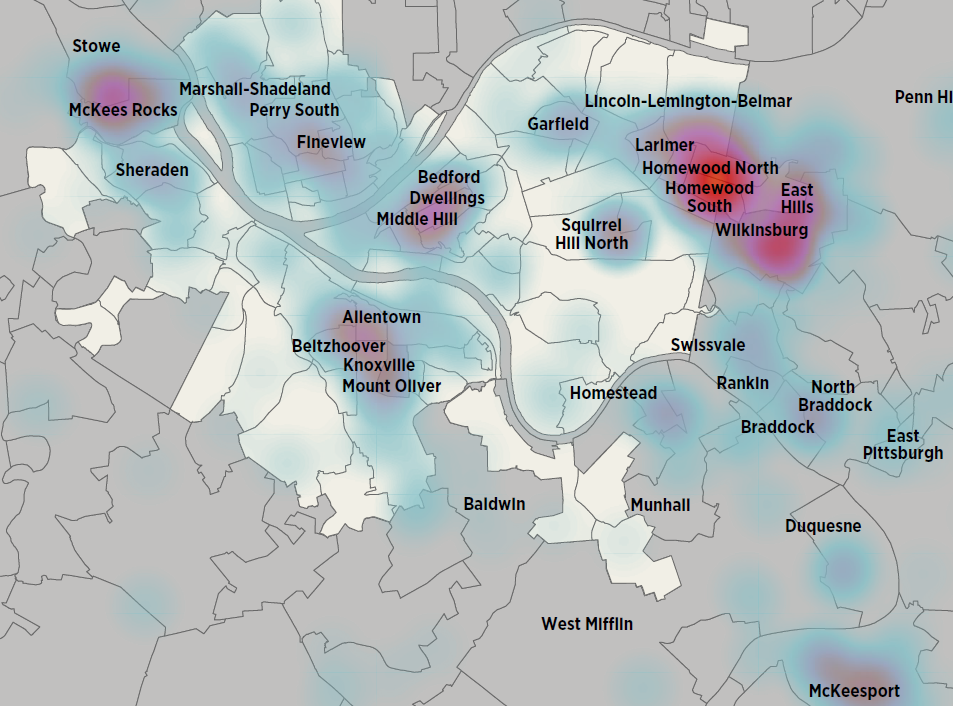
Violence in Allegheny County: Interactive Dashboard
Allegheny County Department of Human Services developed these dashboards to provide information to the community about violence trends in Allegheny County and the City of Pittsburgh.

An Agile Response to an Unexpected Challenge: How the Older Adult Protective Services Program Reinvented Itself to Respond to Growing Demand
Read about how Allegheny County responded to an 82% increase in reports of need to Older Adult Protective Services. Click here to read more information about older adult protective services […]
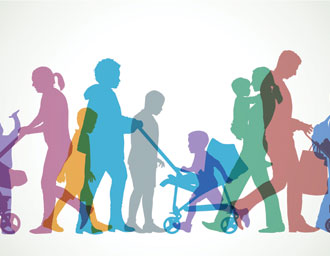
Evaluation Findings on the Use of Predictive Risk Models in Child Welfare
This report reviews the research evidence on algorithms in child welfare, specifically focusing on the causal impacts of the AFST and comparable predictive risk models (PRMs).

Community Need Index
Updated with 2022 data. The Allegheny County Need Index was developed to identify areas of the County that have greater relative need. This report and related materials explore census tracts in need and recent trends.
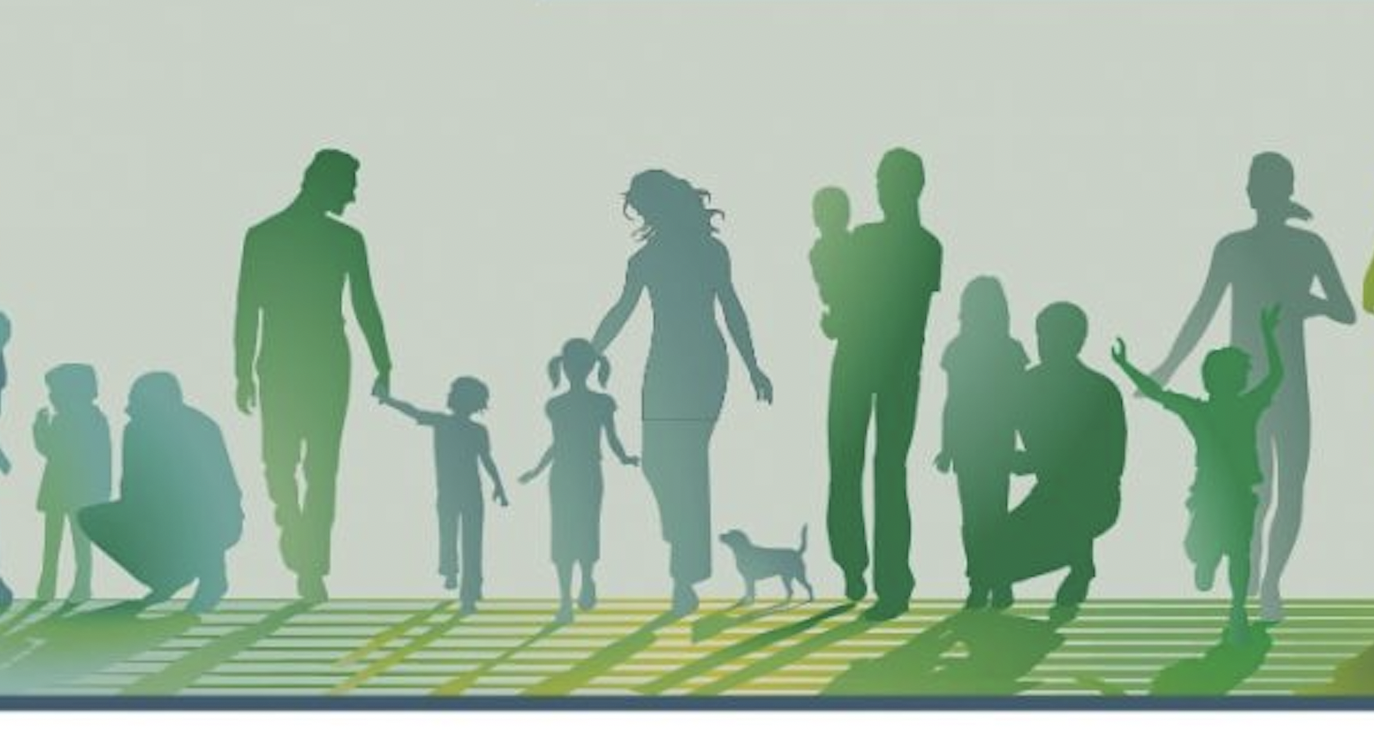
Supports for Parents with Students Who Have an IEP
Recently, DHS announced it was eliminating some Education Specialists Position. Read a summary of that decision and click here to find some resources if you need assistance.
